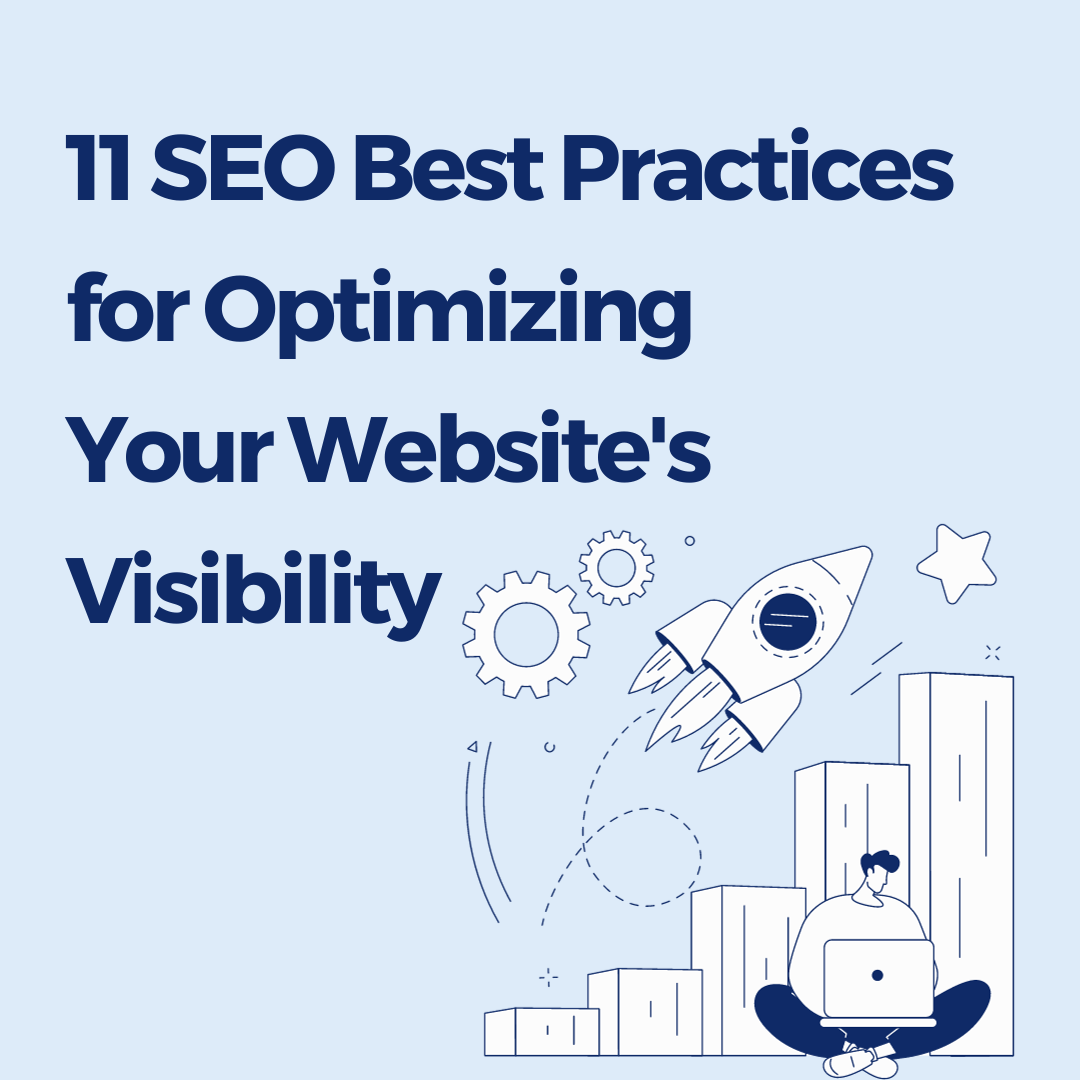In today’s digital landscape, having a well-optimized website is crucial to attract organic traffic and reach a wider audience. Search Engine Optimization (SEO) plays a pivotal role in ensuring that your website ranks higher in search engine results, ultimately driving more visitors and potential customers. To help you navigate the intricate world of SEO, we’ve compiled a comprehensive list of 11 SEO best practices that you should integrate into your digital strategy.
1Optimize Your Website for Google Discover
Google Discover has emerged as a powerful tool for driving organic traffic to your website. This feature showcases personalized content to users even before they initiate a search. To leverage Google Discover, focus on creating visually appealing and engaging content that aligns with users’ interests and preferences.
2Featured Snippets
Featured snippets have become the holy grail of search results. These concise, information-rich snippets appear at the top of search results, providing users with quick answers to their queries. Craft content that directly addresses common questions related to your industry, and format it in a way that’s likely to be featured as a snippet.
3Focus on the Core Web Vitals
Google’s Core Web Vitals are a set of user-centric metrics that influence the overall user experience. These vitals consist of:
Largest Contentful Paint (LCP): Ensure that your website loads quickly by optimizing large elements.
- First Input Delay (FID): Aim for interactivity by minimizing delays in user interactions.
- Cumulative Layout Shift (CLS): Prevent unexpected layout shifts that may disrupt user experience.
- Prioritize these aspects to enhance user satisfaction and potentially improve your search rankings.
4BERT Algorithm
The Bidirectional Encoder Representations from Transformers (BERT) algorithm revolutionized how Google understands search queries. To optimize for BERT:
- Craft short and compact content that directly addresses user intent.
- Focus on on-page SEO techniques, including proper keyword usage.
- Use easily understandable language that matches the user’s search intent.
5Quality of Content
Content remains king in the realm of SEO. Create high-quality, informative, and engaging content that resonates with your target audience. Consistently updating your content with fresh insights keeps both users and search engines coming back for more.
6Long Tail Keyword Phrases
Long tail keywords are specific and longer keyword phrases that cater to more targeted searches. Incorporate these keywords naturally into your content to capture a niche audience that is more likely to convert.
7Relevant Meta Titles and Descriptions
Craft compelling meta titles and descriptions that accurately represent your content. These snippets not only inform users about your content but also impact click-through rates from search results.
8Generate Effective and Quality Backlinks
Backlinks remain a fundamental aspect of SEO. Garner backlinks from authoritative and relevant sources within your industry. High-quality backlinks can significantly boost your website’s credibility and search engine rankings.
9Images in Your Marketing Strategy
Visual content is essential for engagement. Optimize images by using descriptive filenames and alt text. Compressed images ensure fast loading times, enhancing user experience.
10Focus on Technical SEO
Technical SEO forms the foundation of your website’s performance. This includes optimizing your website’s structure, ensuring mobile responsiveness, improving site speed, and fixing any crawl errors.
11Do Regular SEO Audits
SEO is an ongoing process. Regular audits help you identify areas for improvement, track your progress, and stay ahead of algorithm updates. Regular evaluation of your SEO strategy is crucial for maintaining your website’s performance.
12The Bottom Line on SEO Best Practices
By implementing these 11 SEO best practices, you’re setting your website up for success in the ever-evolving digital landscape. Each of these practices contributes to a comprehensive SEO strategy that enhances user experience, increases visibility, and drives organic traffic to your website. Remember, SEO is a journey, not a one-time task. Stay informed about the latest trends and algorithm updates to continually refine your strategy and achieve lasting results.
SEO Best Practices FAQs
Q: How long does it take to see results from SEO efforts?
A: SEO is a gradual process, and the timeline for seeing results can vary. Some changes might yield quicker results, while others may take several months to show significant improvements.
Q: Are paid ads or organic SEO better?
A: Both have their advantages. Paid ads can provide immediate visibility, but organic SEO offers sustainable, long-term results. A balanced approach often involves utilizing both strategies.
Q: Can I do SEO on my own, or should I hire a professional?
A: You can certainly implement basic SEO practices on your own. However, hiring a professional or an agency can provide you with expert insights, advanced strategies, and time-saving solutions for more complex SEO needs.


